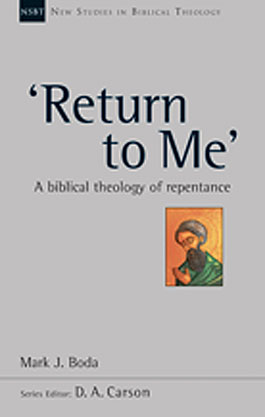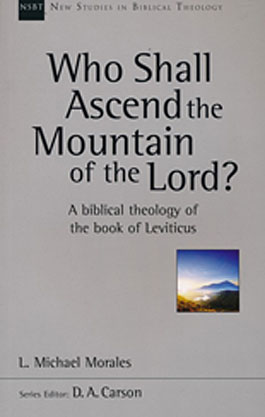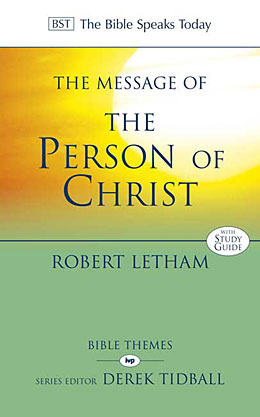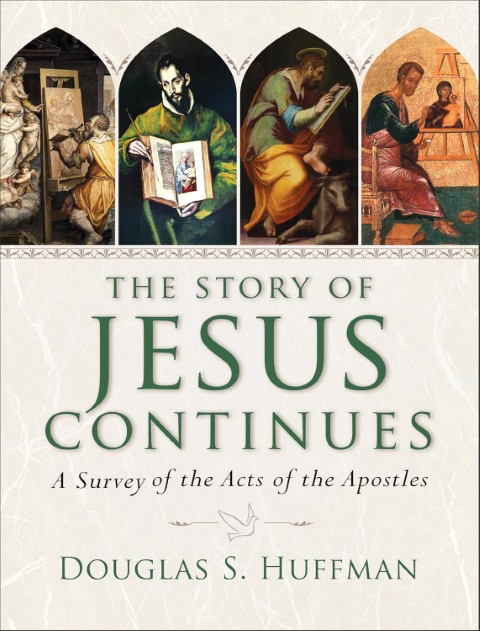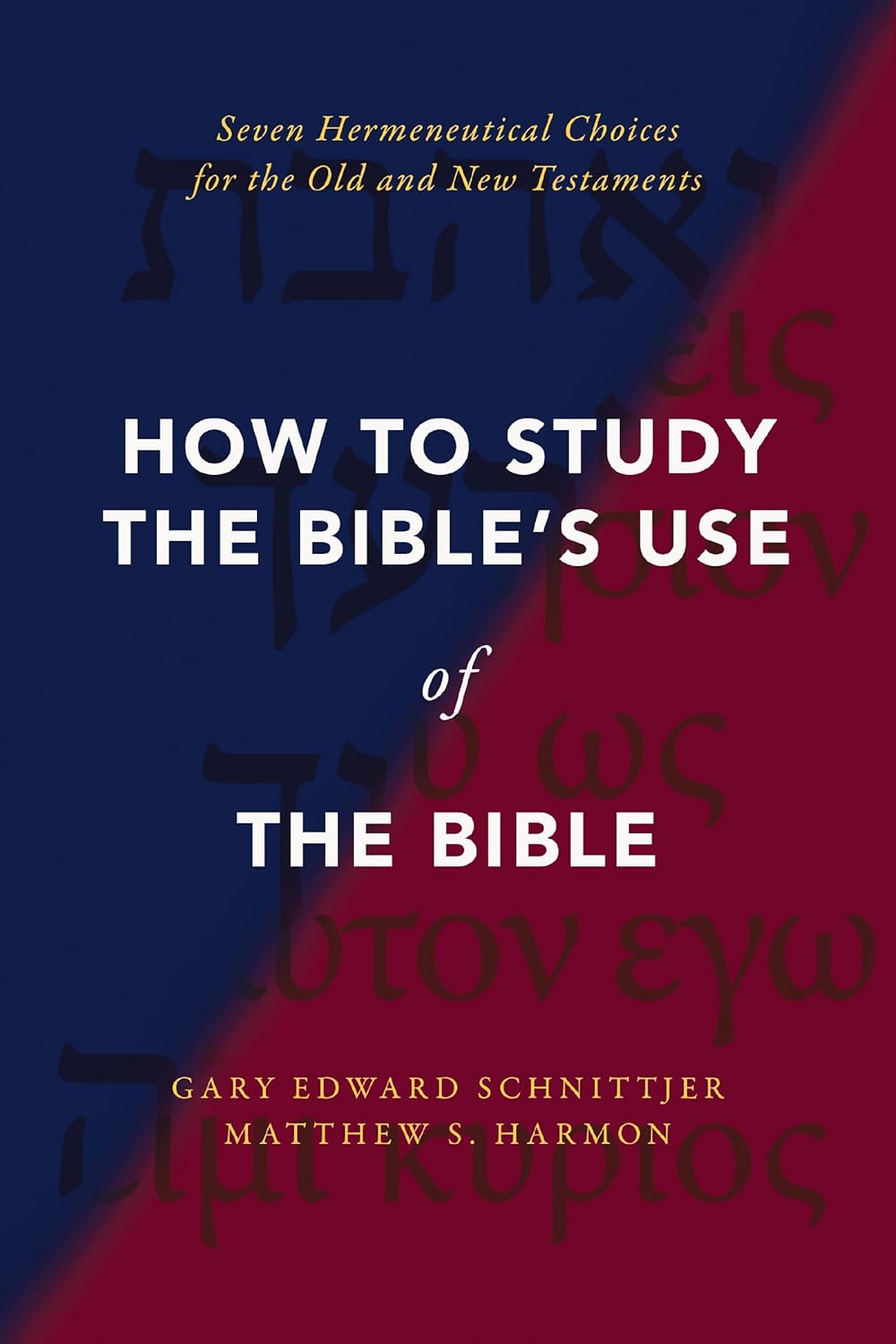- Home
- /
- Buitenlandse boeken
- /
- Theologie OT/NT / NSBT 36: Identity and Idolatry
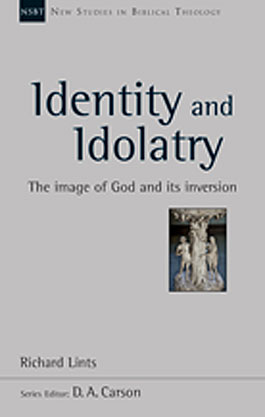
NSBT 36: Identity and Idolatry
The Image of God and its Inversion.
So God created man in his own image, in the image of God he created him; male " and female he created them (Genesis 1:27)."
Genesis 1:26-27 has served as the locus of most theological anthropologies in
the central Christian tradition. However, Richard Lints observes that too
rarely have these verses been understood as conceptually interwoven with the
whole of the prologue materials of Genesis 1. The construction of the cosmic
temple strongly hints that the 'image of God' language serves liturgical
functions.
Lints argues that 'idol' language in the Bible is a conceptual inversion of the
'image' language of Genesis 1. These constructs illuminate each other, and
clarify the canon's central anthropological concerns. The question of human
identity is distinct, though not separate, from the question of human nature;
the latter has far too frequently been read into the biblical use of 'image'.
Lints shows how the 'narrative' of human identity runs from creation (imago
Dei) to fall (the golden calf/idol, Exodus 32) to redemption (Christ as perfect
image, Colossians 1:15-20). The biblical-theological use of image/idol is a
thread through the canon that highlights the movements of redemptive history.
In the concluding chapters, Lints interprets the use of idolatry as it emerges
in the secular prophets of the nineteenth century, and examines the recent
renaissance of interest in idolatry with its conceptual power to explain the
'culture of desire'.
In Identity and Idolatry, Richard Lints shows himself to be an exceptional " thinker who combines the sensitivities of a theologian with that of a
philosopher and interpreter of the Bible. He not only speaks of ideas in the
abstract but shows how these ideas forge the way we think and act. I recommend
this book to all thoughtful Christians. - Tremper Longman"
Series: New Studies in Biblical Theology.
Recommended € 21,90
So God created man in his own image, in the image of God he created him; male " and female he created them (Genesis 1:27)."
Genesis 1:26-27 has served as the locus of most theological anthropologies in
the central Christian tradition. However, Richard Lints observes that too
rarely have these verses been understood as conceptually interwoven with the
whole of the prologue materials of Genesis 1. The construction of the cosmic
temple strongly hints that the 'image of God' language serves liturgical
functions.
Lints argues that 'idol' language in the Bible is a conceptual inversion of the
'image' language of Genesis 1. These constructs illuminate each other, and
clarify the canon's central anthropological concerns. The question of human
identity is distinct, though not separate, from the question of human nature;
the latter has far too frequently been read into the biblical use of 'image'.
Lints shows how the 'narrative' of human identity runs from creation (imago
Dei) to fall (the golden calf/idol, Exodus 32) to redemption (Christ as perfect
image, Colossians 1:15-20). The biblical-theological use of image/idol is a
thread through the canon that highlights the movements of redemptive history.
In the concluding chapters, Lints interprets the use of idolatry as it emerges
in the secular prophets of the nineteenth century, and examines the recent
renaissance of interest in idolatry with its conceptual power to explain the
'culture of desire'.
In Identity and Idolatry, Richard Lints shows himself to be an exceptional " thinker who combines the sensitivities of a theologian with that of a
philosopher and interpreter of the Bible. He not only speaks of ideas in the
abstract but shows how these ideas forge the way we think and act. I recommend
this book to all thoughtful Christians. - Tremper Longman"
Series: New Studies in Biblical Theology.
Recommended € 21,90
14,90
NSBT 36: Identity and Idolatry
EAN-code:
9781783593064
Aantal pagina's:
192
Bindwijze:
Paperback
Levertijd:
Binnen 1 werkdag verzonden!
In winkelwagen
Anderen bekeken ook:
NSBT 35: Return to me
Mark J. Boda - A biblical Theology of Repentance.
Return to me, says the LORD of hosts, and I will return to you ..." (Zech. ...
Return to me, says the LORD of hosts, and I will return to you ..." (Zech. ...
15,90
In winkelwagen
NSBT 37: Who Shall Ascend the Mountain of the Lord?
L. Michael Morales - A Biblical Theology of the Book of Leviticus.
In many ways, this is the fundamental question of Old Testament IsraelÆs
cultùand, ...
In many ways, this is the fundamental question of Old Testament IsraelÆs
cultùand, ...
19,90
In winkelwagen
BST: The Message of the Person of Christ
Robert Letham - From the earliest pages of the Old Testament, the person of Jesus Christ is the key to the Bible's story of God's unfolding ...
12,90
In winkelwagen
The Story of Jesus Continues: A Survey of the Acts of the Apostles
Douglas S. Huffman - A unique introduction to the Acts of the Apostles, focusing on the book of Acts as an extension of the Jesus story. ...
42,90
In winkelwagen
How to Study the Bible's Use of the Bible
Gary Edward Schnittjer and Matthew S. Harmon - How to Study the Bible's Use of the Bible: Seven Hermeneutical Choices for the Old and New Testaments ...
26,90
In winkelwagen

